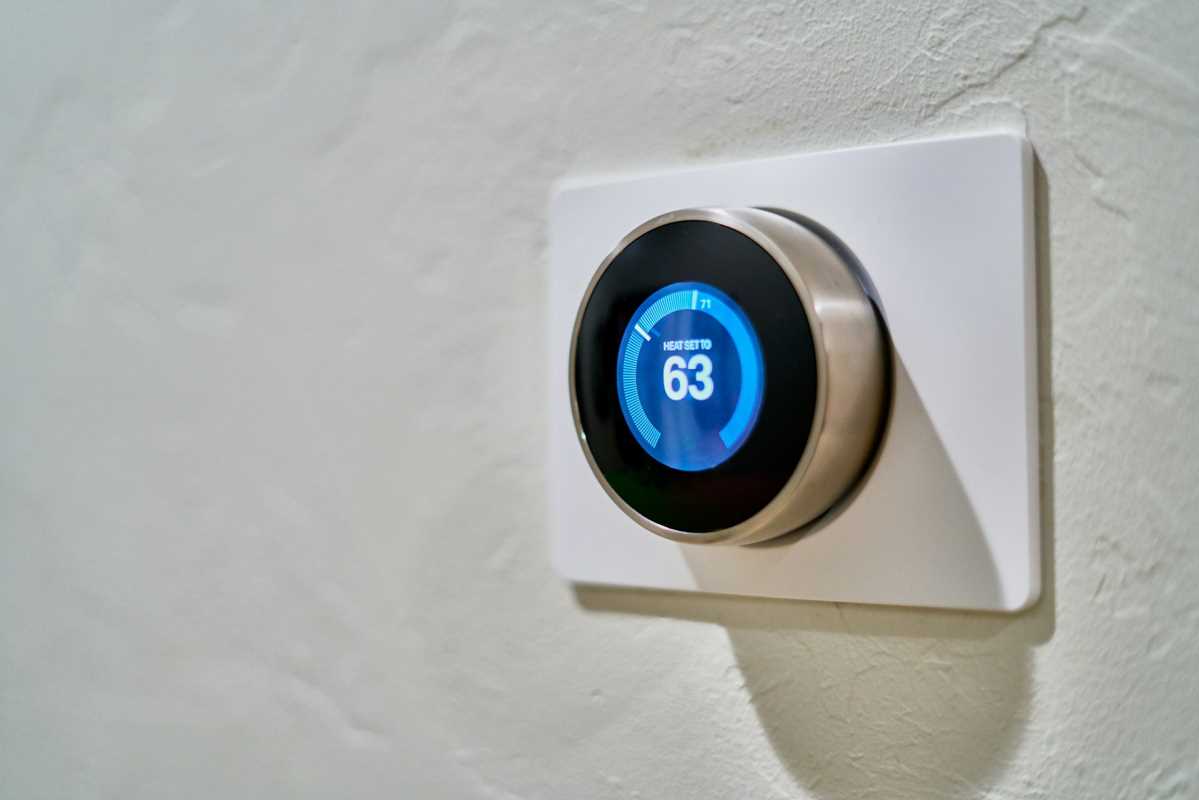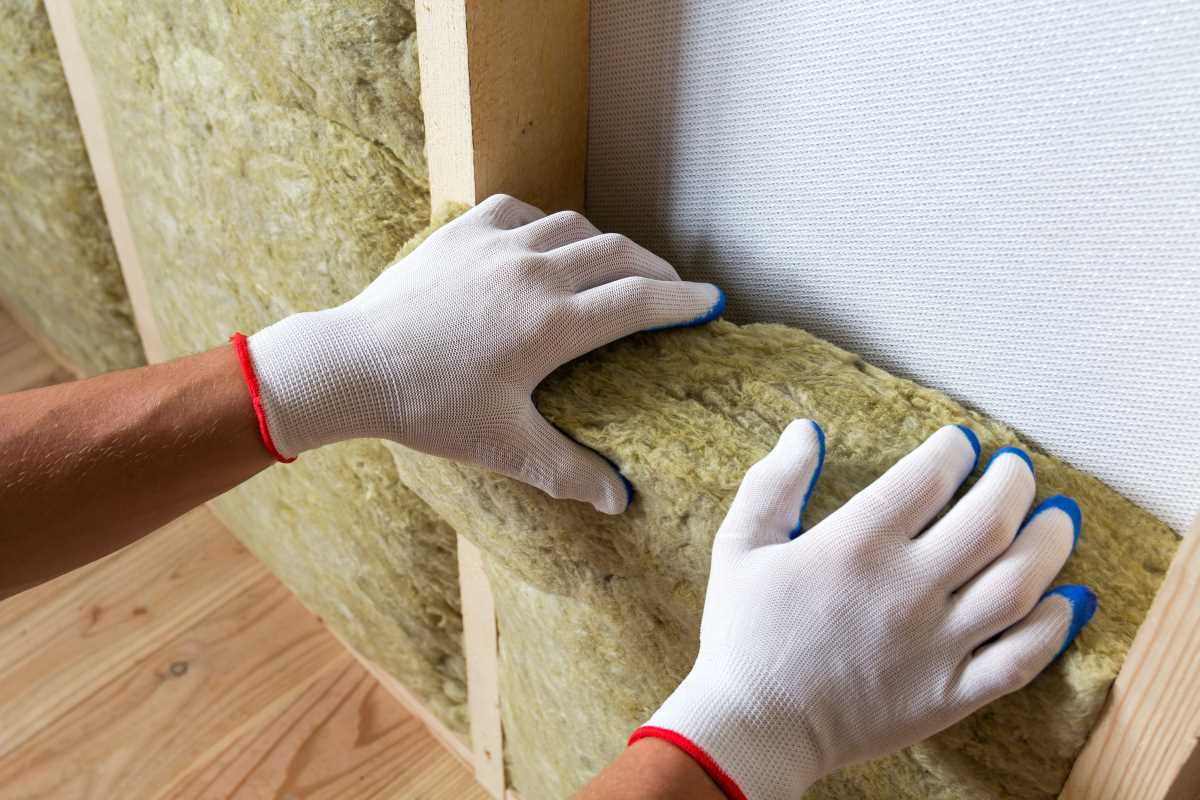Is your monthly energy bill causing a persistent strain on your finances? If so, you're not alone. Many households struggle with high utility costs, but the good news is that there are numerous ways to reduce your energy consumption and lower those bills. By making a few simple changes in your daily habits and home environment, you can significantly decrease your energy usage and see a noticeable difference in your monthly expenses. In this comprehensive guide, we'll explore a variety of effective strategies that will not only help you save money but also contribute to a more sustainable future.
Lighting: A Bright Idea for Energy Savings
Let's begin by examining one of the most fundamental aspects of energy use in your home: lighting. Illuminating our living spaces is essential, but it doesn't have to be a major drain on your wallet. One of the easiest and most impactful ways to save energy is by replacing traditional incandescent light bulbs with energy-efficient LED bulbs.
LED technology has come a long way in recent years, offering a wide range of options to suit different preferences and needs. These modern bulbs use up to 80% less energy than their incandescent counterparts and have a significantly longer lifespan. While the upfront cost of LED bulbs may be slightly higher, the long-term savings more than justify the initial investment.
Additional Benefits of LED Lighting
But the benefits of LED lighting don't stop there. These bulbs also produce less heat, which can help keep your home cooler in the summer months, potentially reducing the load on your air conditioning system. Additionally, many LED bulbs are compatible with smart home systems, allowing you to control your lighting remotely or set schedules for optimal energy usage. This level of control can further enhance your energy-saving efforts and provide added convenience to your daily life.
Efficient Appliance Usage
Now, let's turn our attention to another major source of energy consumption in most homes: appliances. Your refrigerator, dishwasher, washing machine, and dryer all play crucial roles in your daily life, but they can also be significant energy hogs if not used efficiently. To maximize energy savings, it's important to use these appliances thoughtfully and strategically.
Refrigerator Efficiency
For example, when it comes to your refrigerator, make sure it's not set colder than necessary. The U.S. Department of Energy recommends keeping the main compartment between 35-38°F (1.7-3.3°C) and the freezer at 0°F (-17.8°C) for optimal energy efficiency. Also, remember to keep the coils clean and free from dust, as this can improve the appliance's efficiency.
Dishwasher and Laundry Tips
When using your dishwasher and washing machine, always aim to run full loads. This maximizes the efficiency of each cycle and reduces the total number of cycles you need to run. Many modern dishwashers are actually more water and energy-efficient than hand washing, especially when you skip the pre-rinse and use the air-dry setting instead of heat drying.
For your washing machine, using cold water for most loads can significantly reduce energy consumption, as heating water accounts for a large portion of the energy used in washing clothes. When it comes to drying, consider air-drying clothes when possible, especially during warmer months. If you do use a dryer, clean the lint filter after each use to maintain its efficiency.
Heating and Cooling: The Big Energy Users
Heating and cooling systems are among the biggest energy consumers in most households, often accounting for nearly half of a home's energy usage. To save energy in this area, consider investing in a smart thermostat. These devices allow you to program your heating and cooling settings according to your schedule, automatically adjusting the temperature when you're away from home or asleep. Some advanced models can even learn your preferences over time and make adjustments automatically.
Temperature Settings for Savings
During the winter, try setting your thermostat to 68°F (20°C) when you're awake and lower when you're asleep or away from home. In the summer, aim for 78°F (26°C) when you're at home and higher when you're away. Every degree of adjustment can lead to significant savings over time.
Insulation and Sealing: Keeping the Elements at Bay
Another crucial aspect of managing your home's temperature efficiently is proper insulation and sealing. Air leaks around windows, doors, and vents can allow conditioned air to escape, forcing your heating and cooling systems to work harder to maintain a comfortable temperature. By sealing these leaks with weatherstripping or caulk, you can prevent energy wastage and improve the overall efficiency of your home.
The Importance of Proper Insulation
In addition to sealing leaks, consider adding insulation to your attic, walls, and floors. Proper insulation can significantly reduce heat transfer, keeping your home warmer in winter and cooler in summer. While this may require an initial investment, the long-term energy savings can be substantial.
Combating Standby Power: The Invisible Energy Drain
Now, let's address a less obvious but still significant source of energy consumption: standby power, also known as vampire power or phantom load. Many electronics and appliances continue to draw power even when they're turned off but left plugged in. This idle power consumption can add up over time, contributing to higher energy bills. To combat this, make a habit of unplugging devices when they're not in use, especially those with LED lights or digital displays that stay on even when the device is off. Alternatively, use power strips to easily turn off multiple devices at once.
Water Heating: Efficiency in Every Drop
Water heating is another area where significant energy savings can be achieved. Start by lowering the temperature on your water heater to 120°F (49°C), which is hot enough for most household needs while being more energy-efficient. Consider insulating your water heater and the first few feet of hot water pipes to reduce heat loss. If your water heater is old, replacing it with a more efficient model, such as a tankless or heat pump water heater, can lead to substantial long-term savings.
Daily Habits for Energy Savings
When it comes to your daily habits, small changes can add up to significant energy savings. For instance, take shorter showers and use low-flow showerheads to reduce hot water usage. When cooking, use lids on pots and pans to retain heat and cook food more quickly. In the laundry room, wash clothes in cold water whenever possible and clean the dryer's lint filter after each use to maintain its efficiency.
Harnessing Natural Light and Heat
Embracing natural light and heat can also contribute to energy savings. During the day, open curtains and blinds to let in natural light instead of relying on artificial lighting. In the winter, allow sunlight to naturally warm your home during the day, and close curtains at night to retain heat. Conversely, in the summer, close blinds or curtains during the hottest parts of the day to keep your home cooler.
Landscaping for Energy Efficiency
Lastly, consider the role of landscaping in your home's energy efficiency. Strategically placed trees can provide shade in the summer, reducing the load on your air conditioning system. In the winter, these same trees, if they're deciduous, will lose their leaves and allow sunlight to warm your home. Similarly, shrubs and vines can act as natural insulators, creating a barrier between your home and the outside temperature.
Implementing these practical tips for saving energy and lowering your utility bills can make a significant positive impact on both your finances and the environment. While some strategies may require an initial investment, many are simple changes in daily habits that cost nothing to implement. Remember, the key to success is consistency. Start with a few changes and gradually incorporate more as you become accustomed to your new energy-efficient lifestyle. Over time, you'll likely see a noticeable reduction in your energy bills, and you'll have the satisfaction of knowing that you're contributing to a more sustainable future. So, take charge of your energy usage today and start reaping the benefits of a more energy-efficient home.







